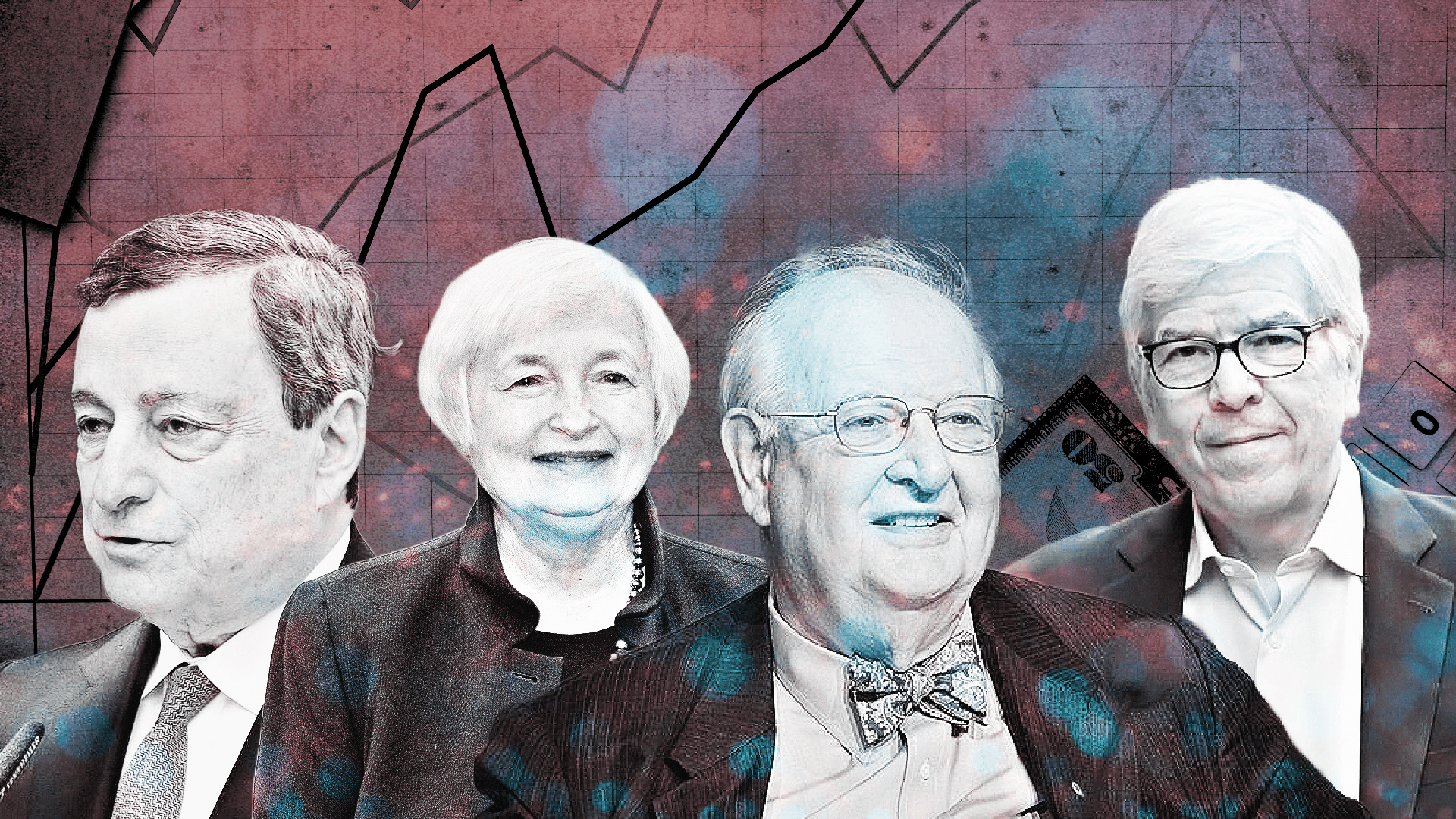
[Gerald F. Seib | November 11, 2016 |Wall Street Journal]
From the day he rode down an escalator at Trump Tower to launch his campaign, Donald Trump’s candidacy was identified most often with one issue: fighting illegal immigration.
A deeper look into the results of the election that propelled him to the presidency, however, suggests the real fuel behind his victory may have come more from his stand against traditional free-trade agreements, and in his overall call for “change.”
The distinction is important, because it will help determine where Mr. Trump will have the broadest political support for policy change once he occupies the Oval Office he visited Thursday.
In any presidential transition, figuring out the difference between campaign rhetoric and governing reality is tricky. The distinction is driven both by what an incoming president really meant in campaign talk, but also by what kind of mandate can actually be read into the vote.
In this election, the decisive factor—the one that actually was the difference between a Trump victory and a narrow Hillary Clinton one—was the surprising outcome in the old industrial states of the upper Midwest: Pennsylvania, Ohio, Michigan and Wisconsin. Wisconsin hasn’t gone Republican since 1984; Pennsylvania and Michigan since 1988; Ohio since 2004.
Mr. Trump won them all, now that his razor-thin margin in Michigan appears to have been confirmed. It’s in this spot on the map that the much-discussed Democratic “blue wall” of states that have long provided protection for Democrats was breached.
And that it was breached in states where damage and job loss suffered in the manufacturing sector—by foreign competition and trade pressures, as well as other factors—is a more obvious voter concern than is immigration.
To be sure, illegal immigration has become a flashpoint in some of those states as well, though in many cases more in small and medium-size towns where the impact of immigration influxes has been particularly dramatic.
Some areas where Mr. Trump did especially well in this Rust Belt stretch were more-urban manufacturing hubs. For example, as The Wall Street Journal noted, he carried Stark County, Ohio, home of the steel-industry hub of Canton, by 17 points; the county had split its vote between the two parties four years ago.
That’s not to say that Trump voters aren’t angry about illegal immigration, or that they don’t still join in his cry to “build a wall” to keep Hispanics from entering the U.S. illegally from Mexico. They do.
But the county-by-county map breaking down those that went red and those that went blue, and by what margins, certainly suggests a more significant impact from Mr. Trump’s trade arguments.
A similar picture emerges in the exit polls of all voters nationally conducted on Election Day. When asked whether illegal immigrants working in the U.S. should be offered a chance to apply for legal status, 70% of respondents said yes. Support for the wall along the Mexican border was split almost evenly, with 54% in favor.
Perhaps more telling, among Trump voters specifically, the economy was cited as the top issue far more often—46% of the time—than was immigration, which was named by just 17%. A far larger share of Trump voters—57%—said they think trade takes away jobs.
And beyond such choices on issues, the loudest cry from Trump voters actually was the simplest one: They want “change.” Fully 70% of Trump voters said bringing change was a more important matter in their choice than was picking a candidate with the right experience or good judgment, or one who “cares about people like me.”
Obviously, the cry for change already has been fulfilled in many respects simply by the election of Mr. Trump, who is more of an outsider than any modern president.
But politically, the election’s outcome may provide the bigger impact on trade. As it happens, trade also is an area where Mr. Trump has a fair amount of latitude to move on his own.
Gary Clyde Hufbauer, a trade analyst at the Peterson Institute for International Economics, has noted that Congress has, over a series of decades, delegated a large swath of its power over trade issues to the president. “The president has the initiative,” he said at a recent Peterson Institute forum. “He can withdraw from trade agreements,” including the North American Free Trade Agreement, a trade agreement with South Korea or “even the World Trade Organization. He can withdraw from all of that.”
Critics of the Trump trade stance worry such actions would set off an economically destructive trade war. It isn’t clear he will go that far, but the election results seem unlikely to deter him from acting in some fashion.













